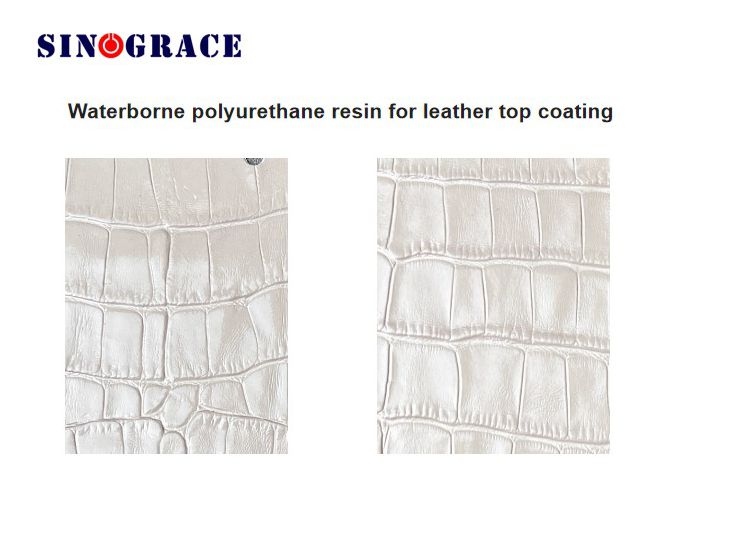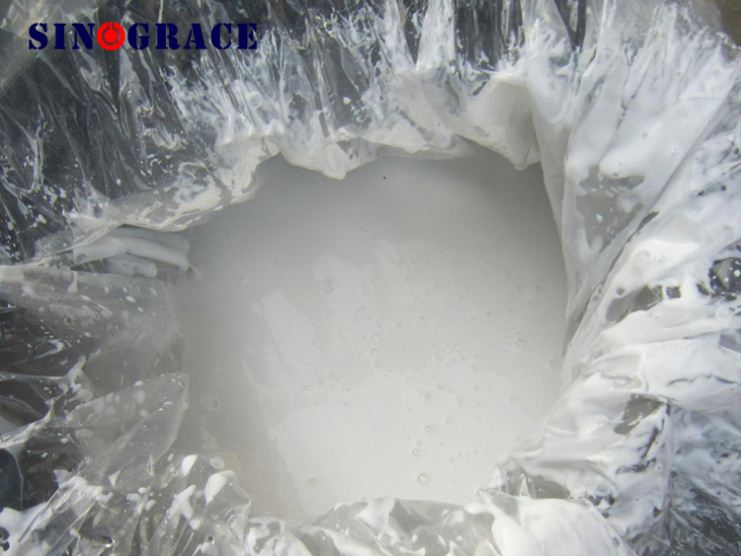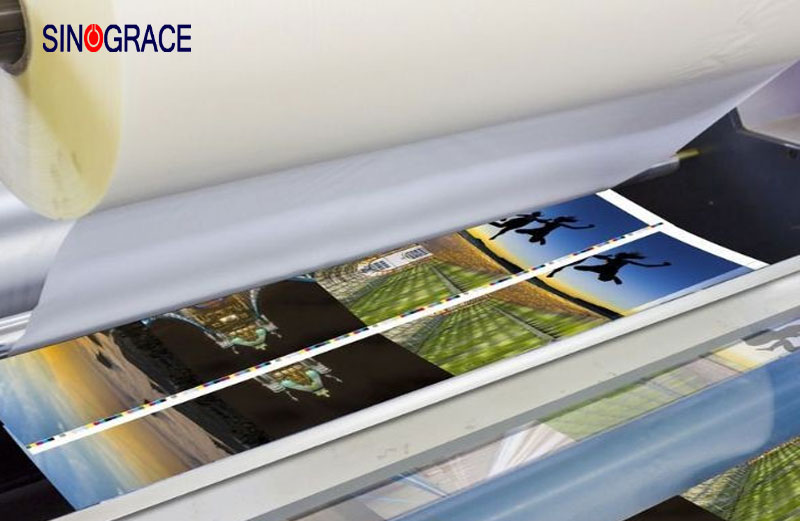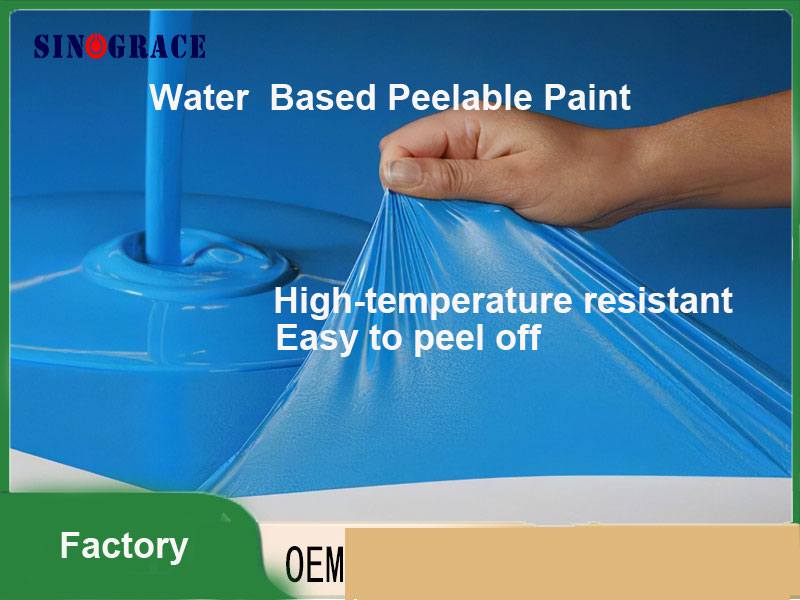Waterborne polyurethane resin for leather top coating
Leather finishing is generally divided into bottom coating, middle coating and top coating three parts. The bottom coating requires strong adhesion, hiding power, good embossing formability and stereotyping, and the middle coating further covers and corrects the color, and finally achieves the visual and physical performance requirements through the top coating. With a specific top coat, the effect of extinction or light can be created. Waterborne polyurethane resin is the main material commonly used in leather coating. Its film forming performance is good, the bond is firm, and the coating has the characteristics of high wear resistance, high elasticity, water resistance, weather resistance, cold resistance, chemical resistance and so on. After finishing, the finished leather feels full and comfortable, which improves the grade of the finished leather and plays a role in protecting the leather. In order to meet customers' pursuit of quality and meet the most stringent environmental requirements, Sinograce Chemical launched two single-component waterborne polyurethanes, which are polymerized from aliphatic isocyanates. Excellent adhesion, good adhesion resistance, comfortable feel, no yellowing, good weather resistance. The products are widely used in leather shoes, belts, sofas and luggage leather and other leather products. For leather top finish to provide excellent gloss and permeability, excellent wear resistance and weather resistance. Product features and applications PU-403 PU-404 Very high gloss and excellent transparency Natural light, high penetration High hardness, high temperature and high humidity resistance High hardness, good flexibility Feel smooth, excellent water resistance Feel smooth, good weather resistance, solvent resistance Low odor, low VOC, no APEO, NMP and tin substances Low odor, low VOC, no APEO, NMP and tin substances If you want to know more about the product information, or need samples, please contact us.
read more

 English
English français
français русский
русский español
español العربية
العربية








